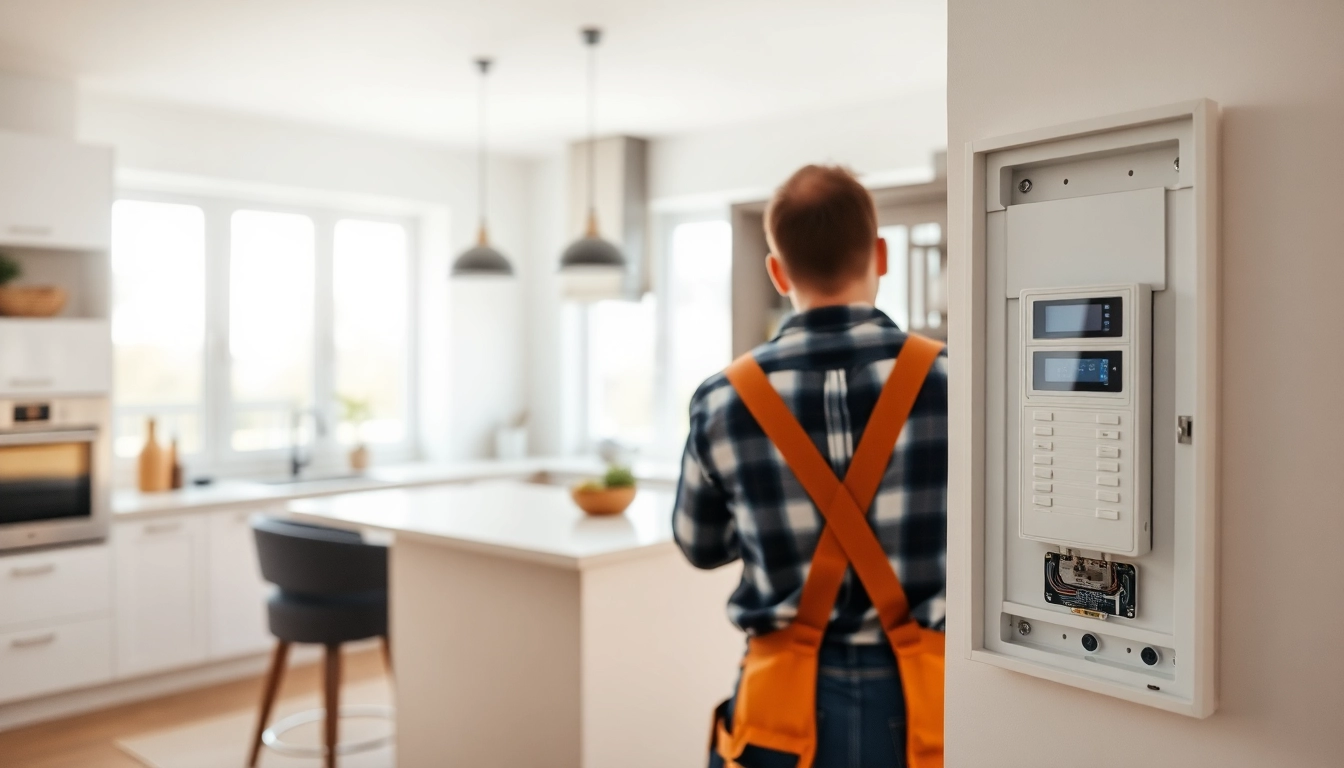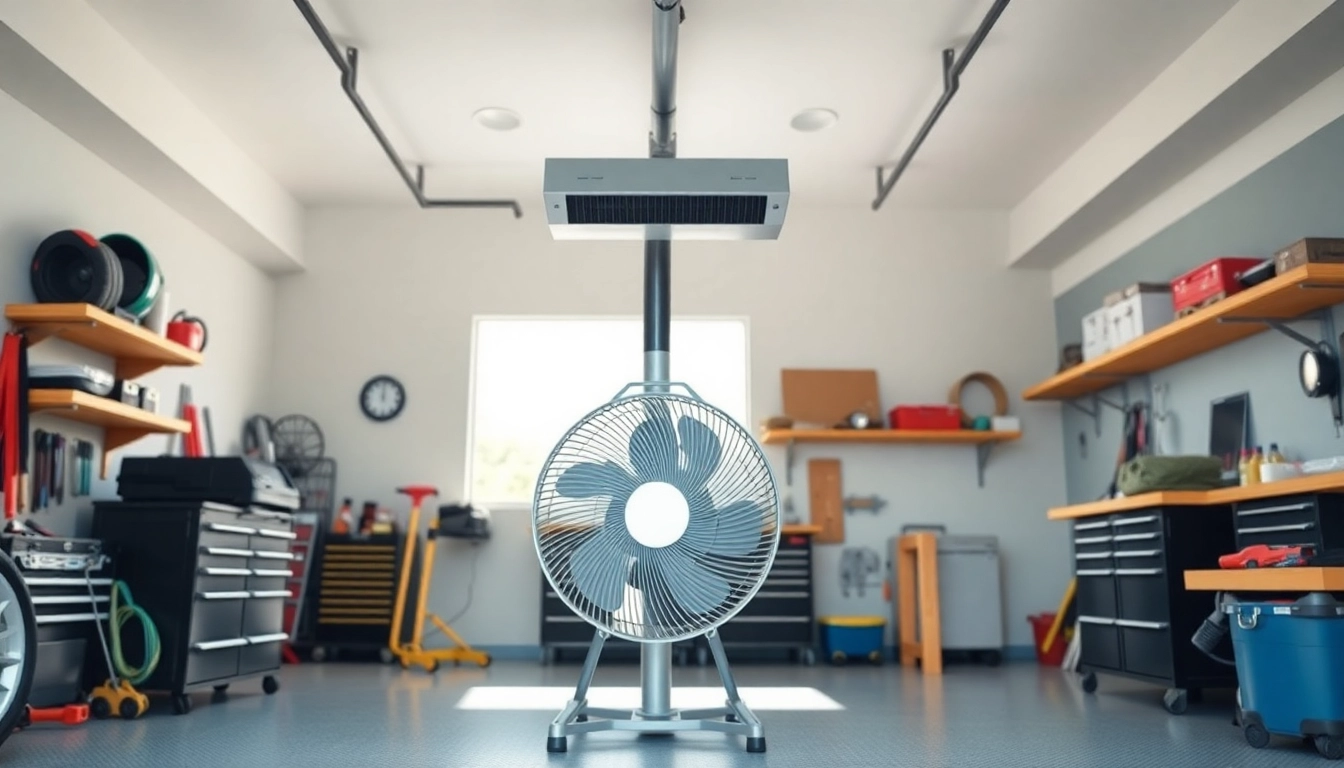What is an Electrical Panel?
An electrical panel is often regarded as the heart of a building’s electrical system. It operates as a central hub that distributes electricity throughout residential or commercial spaces. This device, commonly referred to as a breaker box or fuse box, is responsible for managing electrical load and ensuring safety by controlling various circuits. Understanding the function and necessity of this component can help homeowners determine whether it’s time to upgrade or replace their systems. For a closer look at the ins and outs of an Electrical Panel, we can explore its characteristics and significance in more detail.
The Role of Electrical Panels in Homes
The electrical panel is crucial in any home or commercial establishment. It links the building’s electrical wiring to the utility’s power supply. The panel houses circuit breakers or fuses that protect various circuits. Each breaker controls the flow of electricity to different areas of the building, such as lighting, appliances, outlets, and heating systems.
Furthermore, electrical panels ensure safety by providing an automatic shut-off feature when circuits become overloaded, thus preventing electrical fires and equipment damage. Without a functioning electrical panel, you risk not only faulty electrical systems but also serious safety hazards.
Components of an Electrical Panel
Understanding the key components of an electrical panel helps in decision-making regarding upgrades or repairs. The main components include:
- Main Circuit Breaker: This is the primary switch that controls the electrical flow to the entire panel. It allows for shutting off all electricity in emergencies.
- Circuit Breakers: These are individual breakers that manage the electrical flow to different circuits within the building. They come in various ratings depending on the load they need to control.
- Bus Bar: This metal strip conducts electricity within the panel, connecting multiple circuit breakers to the main power supply.
- Neutral Bar: This component provides a safe path for the current returning from the electrical system back to the panel.
- Ground Bar: Similar to the neutral bar, this component connects ground wires from the breakers to ensure safety.
- Panel Cover: This protects the components inside the electrical panel from dust and accidental contacts.
Types of Electrical Panels Available
There are several types of electrical panels available, each designed to meet specific electrical needs:
- Load Centers: These are the most common residential panels, designed for basic power distribution.
- Main Breaker Panels: These include a main breaker that can disconnect all circuits at once, often found in larger homes.
- Subpanels: Used to extend service to additional areas of a building, subpanels can ease the load on the main panel.
- Smart Panels: New technology has introduced smart panels that provide real-time monitoring and control via mobile devices.
- Fuse Boxes: Although becoming less common, some older homes are still using fuse boxes, which have fuses replacing circuit breakers.
Signs You Need to Upgrade Your Electrical Panel
Recognizing the signs of a failing or outdated electrical panel is crucial for maintaining safety and efficiency in your home. Here are notable indications an upgrade may be necessary:
Common Symptoms of an Overloaded Panel
Some common symptoms indicating an overloaded electrical panel include:
- Frequent tripping of circuit breakers.
- Flickering lights, especially when other appliances are in use.
- Warm or hot spots on the panel, indicating overheating.
- Buzzing sounds when devices are switched on.
- Difficulty resetting tripped breakers.
Safety Concerns with Old Electrical Panels
Older panels, particularly those built before the 21st century, may not comply with modern safety standards. Some signs that your old panel poses safety risks include:
- Use of fuse boxes, which are less reliable than modern breaker systems.
- Presence of aluminum wiring, prone to overheating and fires.
- Inability to handle current power demands, especially with the proliferation of smart devices.
- Residing in a home built without modern codes or standards.
Benefits of Upgrading Your Electrical Panel
Upgrading your electrical panel brings numerous benefits:
- Increased Safety: New panels are designed with enhanced safety features that protect against overload and electrical fires.
- Improved Capacity: A newer panel can handle greater electrical loads, accommodating multiple devices and appliances.
- Higher Efficiency: Modern electrical panels operate more efficiently, reducing energy waste and lowering bills.
- Enhanced Property Value: Upgrading your panel can enhance your home’s value when it comes time to sell.
Factors Affecting Electrical Panel Replacement Costs
The cost of replacing an electrical panel can vary significantly based on multiple factors. Understanding these factors will help you prepare for an upgrade.
Average Costs for Different Types of Panels
The cost of an electrical panel can range widely based on its type:
- Standard Load Center: Average costs range from $500 to $1500, depending on capacity (100-200 amps).
- Main Breaker Panel: These typically cost between $800 and $3000, depending on size and models.
- Subpanels: Installation costs can be around $200 to $800, depending on location and complexity.
- Smart Panels: Upgrading to a smart panel could cost between $1500 and $5000.
Labor Costs Involved in Installation
Labor costs will also factor into your total expenses. Licensed electricians typically charge between $50 and $100 per hour, based on their experience and your geographical location. Complex installations or remodels may incur additional labor fees.
Permits and Compliance Fees
When upgrading your electrical panel, obtaining necessary permits is mandatory. Permit fees can vary greatly by location but typically range from $50 to $500. Compliance with local electrical codes ensures consumers’ safety and reduces potential liabilities.
How to Choose the Right Electrical Panel for Your Home
Selecting the right electrical panel is crucial for meeting both your current and future electrical needs. Consider the following when making a choice:
Assessing Your Power Needs
Begin by calculating your power consumption. Consider all appliances, electronics, and lighting within your home to understand your overall power needs. Use power calculators available online for detailed assessments.
Comparing Brands and Features
Different brands offer various features, warranties, and price ranges. Popular brands like Square D and Siemens provide reliable options, but compare their specifications to find the right fit. Look for features such as ease of installation, compatibility with smart home systems, and additional safety features.
Consulting with a Professional Electrician
Before making your final choice, consulting with a licensed electrician is paramount. They can provide expert insights based on your specific needs, the condition of your existing wiring, and current electrical codes.
Maintenance Tips for Longevity of Your Electrical Panel
Proper maintenance of your electrical panel is vital for ensuring its longevity. Regular upkeep can help you avoid costly repairs and replacements.
Regular Inspections and Maintenance Routines
Conduct regular inspections of your electrical panel, at least once a year. Professionals recommend checking for corrosion, ensuring that all connections are tight, and verifying that circuit breakers function correctly. Whether you choose DIY checks or professional appointments, vigilance will keep your panel functioning optimally.
Signs of Wear and Tear to Monitor
Monitor your panel for heat damage or rust, especially on the panel cover and around circuit breakers. Unpleasant odors, unusual sounds, or frequent flickering lights can also indicate trouble.
Upgrading vs. Repairing: Making the Right Choice
When faced with extensive wear or malfunction, decide whether to repair or upgrade. If frequent repairs are needed or your panel cannot accommodate your energy demands, upgrading is the wisest option. An electrician can help you weigh the pros and cons, ensuring that your home remains safe and functional.



